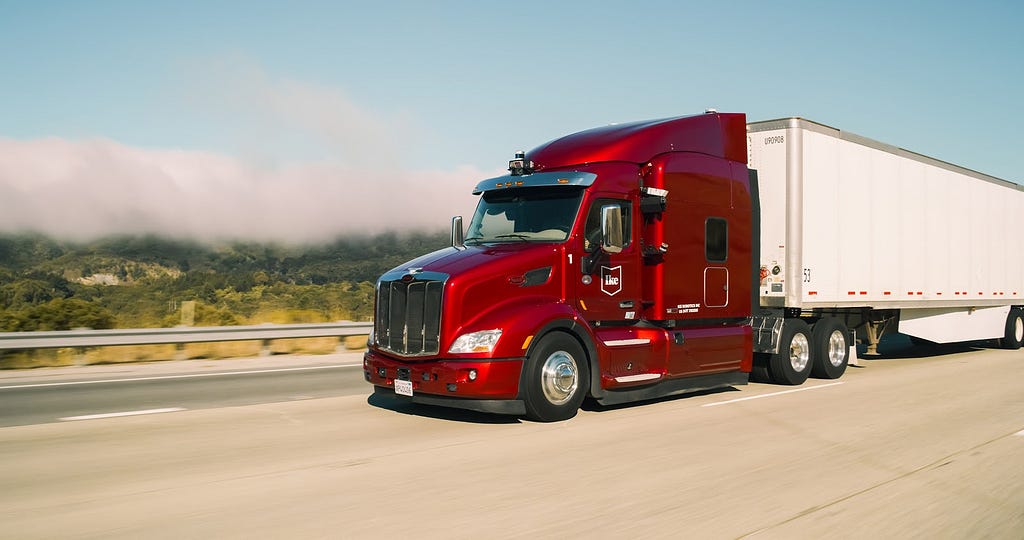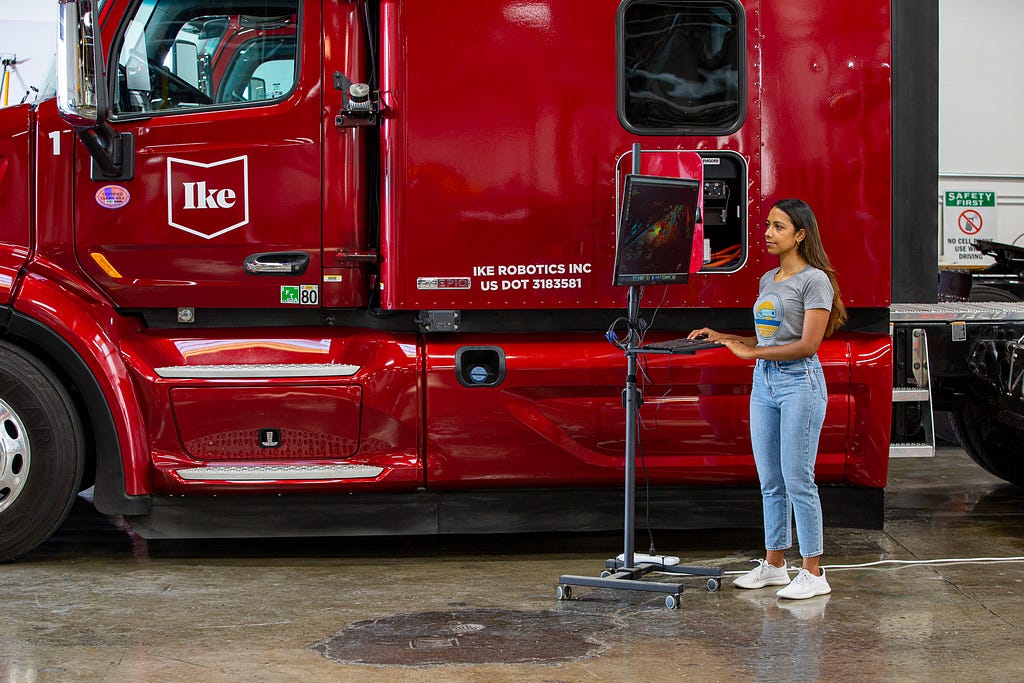Publicly releasing version 2.0

This month we celebrated the anniversary of Ike’s founding in 2018. Over the past two years we have done something very unusual: our trucks have not driven a single mile with the automation system engaged on public roads. Our engineering team’s entire effort has instead been focused on work we believe precedes public road testing: setting clear and rigorous requirements, designing and building robust development vehicles, laying a foundation with high quality software infrastructure, developing new functionality, and verifying the performance of our system with simulation and track testing. When you have seen our trucks out on the road, they were gathering valuable data of all kinds while being driven manually by our experienced operations team.
Today Ike is releasing version 2.0 of our Safety Report, which describes our approach to developing a safe product and developing a product safely. The format and technical detail of this updated version matches our original Safety Report, released in October 2019. In that report, we laid out a unique view on safety for automated vehicles: so far we have chosen to deprioritize public road testing because 1) it has not been necessary in order to make performance improvements to our system, and 2) we want to hold ourselves to a high bar before taking the considerable step of testing in public.
This update to our Safety Report lays out how and why we believe the time is right for Ike to begin limited public road testing. Most importantly, our system is now at a level of performance that minimizes the risk of operating our automation system on public roads. We recently reached an important milestone: Ike’s automation system is now meeting the hundreds of requirements we’ve set for operation in the real world.
These requirements range from technical:
“The ADS shall preserve a velocity-dependent distance to vehicles ahead, where the headway distance accounts for the potential deceleration of the ego vehicle, the vehicle ahead, and relevant system latencies”
to operational:
“The In Vehicle Monitoring System shall actively monitor Operator attentiveness and play alerts when an Operator is inattentive.”
We test our system against these requirements in the cloud tens of thousands of times every night, at growing scale as our system functionality improves and the need for more testing increases. We have also invested heavily in closed track testing at multiple facilities, which allows us to tie system performance to real-world experience on our development vehicles. The results of this testing demonstrate that we are ready to take on the responsibility of engaging our system on public roads.

The updated Safety Report reflects what we have learned and how we are putting it into action. Our systems engineering-based approach to technical development, rooted in System-Theoretic Process Analysis (STPA) continues to guide our roadmap and our commitment to safety.
In October of last year, we also began publishing information we believe the public has a right to know:
- an inventory of the vehicles in our fleet
- a map of our operations
- a summary of our DOT safety and compliance record
We have kept those data up to date over the last year and will continue to do so. All of that information, and our revised Safety Report, can be found at ike.com/safety.
In our very first post after founding Ike, we laid out our vision for what a commitment to safety means to us:
…building a reliable system from the very start, by investing in a rigorous design, taking time to test everything carefully before going on public roads, hiring and training experienced truck drivers, and being clear about how we will prove performance.
We’re proud to say we have lived those principles, and we’ll continue to hold ourselves to that high bar as we build this important technology.

Updating our Safety Report was originally published in Ike Blog on Medium, where people are continuing the conversation by highlighting and responding to this story.